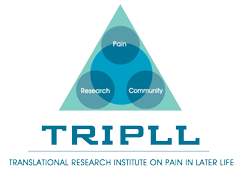Immersive Virtual Reality for the Management of Pain in Community-Dwelling Older Adults.
Patricia Kim2019-01-02T15:11:06-05:00Abstract Immersive virtual reality (VR) can provide a high level of engagement and distraction analgesia to address pain. However, community-based applications of this technology for older adults have not been studied. The objective of this study was to examine the applicability and effectiveness of an immersive VR intervention for pain, depression, and quality of life (QOL) in older adults. This pretest-posttest, mixed-methods design included senior center members ( n = 12) with pain that interfered with daily functioning. The outcomes included the NumericPain Rating Scale, Patient-Reported Outcomes Measurement Information System (PROMIS®) depression scale, World Health Organization Quality of Life Scale [...]
